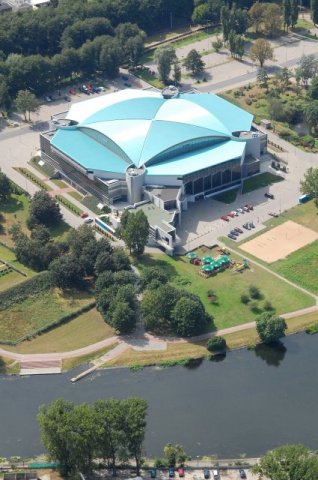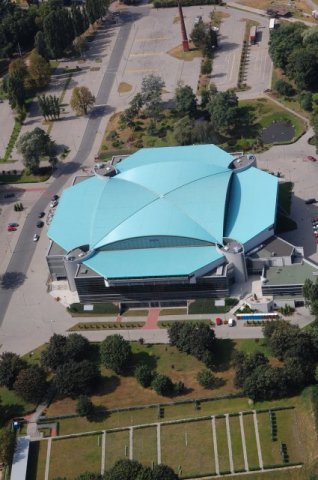ICT Systems
ICT system
ICT is a shortcut of Information and Communication Technologies systems. They are based on teleinformatic cables, fiber optic cables or wireless systems and devices. Structural, telecommunications, fiber optic and computer networks and installations. Currently, ICT systems are based on operation and digital register, which minimize noise interference and are broadband with increased quality. What's more, they improve the speed of information and data transmission.
ICT networks also include wireless and mobile networks, such as popular wireless (LAN) and satellite (GPS, GSM) networks.
The structure of the ICT network:
- structural and fiber-optic system (LAN, MAN, WAN)
- CCTV system
- sound warning system
- access control system
- seizure and burglary alarm system
We have knowledge and skills in the design, implementation and operation of modern IT systems. Take advantage of our offer.
The structural and fiber-optic system
Structural systems are a passive ICT infrastructure that enables the transmission of information within and outside the building. Structural systems are distinguished by local networks (LAN), city networks (MAN) and wide area networks (WAN).
Structural systems within LAN technology are based primarily on wired solutions (copper and aluminum strand or fiber optics) or on wireless radio communication. These networks operate mainly on Ethernet technology, and wireless networks on Wi-Fi technology. LAN networks comply with IEEE 802.11 standards and are connected to the Internet via a common ADSL connection or cable modem. What's more, they can be built based on various topologies, such as mesh, ring, bus or - most often used - star.
MAN's range covers building complexes as well as entire agglomerations. Currently, these types of networks are implemented only through optical fiber connections, which enable communication with smaller LANs. MAN networks use technologies: ATM, FDDI, SMDS or Gigabit Ethernet.
Extensive WAN networks cover a large geographical area - the territory of the country and even the continent. WAN connects MAN networks and smaller wide area networks. Among the protocols used in WAN networks should be distinguished: ATM, PtPP, FR and X.25.
CCTV system
CCTV systems (Closed-Circuit Television) enable ongoing video surveillance of a given building or area, as well as archiving recordings. The system consists of recording devices, recording media as well as devices displaying the captured image. Individual elements of CCTV systems are connected by video, transmission and signal cables. Currently, however, more and more often the components of CCTV systems connect wirelessly.
Video monitoring is currently implemented via two systems - an IP system or an AHD system. The first of them is a completely digital monitoring system that allows to obtain a very good image quality, and communication between recording and observing devices takes place via an IP network based on the TCP / IP protocol.
The AHD system is a modern analog technology that also allows you to get a good image quality. The signal received by the cameras is processed by digital converters, which allows the transmission and reception of a digital signal by the recorder.
Audio warning system
Voice alarm systems are subsystems that support fire protection systems in building facilities. Voice alarm systems transmit sound information about the existing fire hazard within the building, thereby effectively informing the persons staying in it about the threat.
Audio warning systems enable the distribution of automatic alarm messages to specific building zones, as well as ensure synchronization with fire protection systems. These systems can also be used for commercial solutions - including for the transmission of commercials or broadcasting of music in the background.
Access control system
Thanks to the implementation of the access control system, it is possible to effectively and efficiently grant access to individual rooms and zones within a building or a set of buildings. This system works well to manage the flow of employees or clients, and its operation is limited to controlling electromagnetic locks in doors and dams using pre-coded proximity cards. Access control systems can also be used to create a register of access times or employees' working time.
System of seizure and burglary signaling
Tamper and Burglary Alarm Systems are commonly used in commercial facilities. Thanks to them, it is possible to secure an object or area against the intrusion of unauthorized third parties. The alarm functions can be used as control functions – in e.g. close doors or windows, notify appropriate services or react in accordance with another pre-programmed operating scenario. These are implemented in wired and wireless technology, and modern systems also provide the ability to supervise and control the system from the level of mobile devices.
The most external elements of the system include detectors (infrared, microwave, reed contacts, breakage and vibrating detectors, dual, PIR or panic detectors), whose task is to detect unwanted action. The activated detector sends a signal to the control modules that control the executive systems in a programmed manner.








